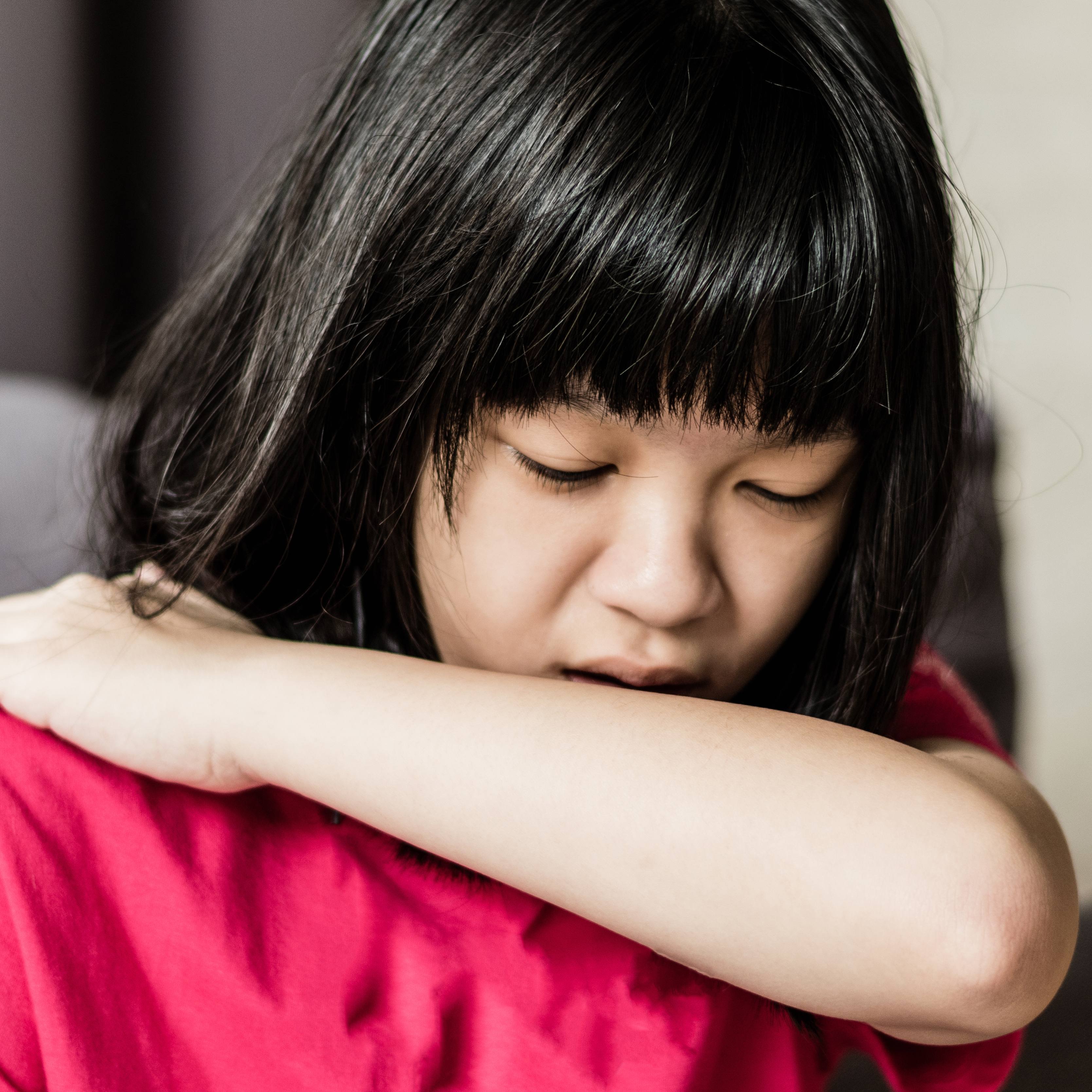COVID-19 can affect people in a number of ways. Some can be infected and have no symptoms ― what's known as being asymptomatic. Others have symptoms, but do not have a serious illness. And some can require hospitalization for intensive complications. For those with symptoms or those who are progressing to hospitalization, researchers are looking at what might work, and finding glimmers of hope in experimental therapeutics, both new and old. In the hospital, there are a few ways patients can be supported through this illness. There are two main categories of experimental therapeutics: antiviral drugs and immune modulators.
Antiviral Drugs
This group of drugs prevents a virus from copying itself. RNA interruption works because unlike human cells and DNA, SARS-CoV-2 carries its instructions for replication on RNA. Because viruses can't replicate on their own ― that is, they are not alive in the same sense that people are ― a virus must make more viruses by hijacking a host cell. Typically, antiviral drugs target one aspect of that hijacking/replication process and block it.

One example of an antiviral drug is remdesivir. Remdesivir blocks the translation of RNA that allows the virus to copy itself. According to data published May 22, 2020, in The New England Journal of Medicine, the drug shortened recovery time by four days among hospitalized patients, compared to a placebo. It was authorized by the FDA for experimental use to treat severe COVID-19 on May 1, 2020. However, remdesivir’s effect was recently questioned in a non-peer reviewed article from the World Health Organization’s SOLIDARITY trial. In that report, among 405 hospitals in 30 countries, 2,750 adults were included in a remdesivir arm. Remdesivir, nor any of the other trialed drugs, showed a definitive reduction in mortality according to this initial analysis.
Another experimental therapy being investigated for patients switches focus from the virus to the body’s immune system. These drugs and therapies are based on drugs that exist for other purposes, as well as new drugs that are in development specifically for treatment of COVID-19.
Immune System-Focused Experimental Treatment
Called immunomodulatory therapy, these drugs focus on the response of the immune system to the virus. One group of drugs, called steroids, calms the immune system. People generally take a steroid for conditions such as arthritis, asthma, or as part of treatment for some cancers or flare-ups of multiple sclerosis. Steroids act on genetic instructions that kick off inflammation and the ways in which inflammation develops and keeps escalating. Researchers are determining if this type of intervention is helpful for serious cases of COVID-19. In one paper, published July 17, 2020, in NEJM a steroid called dexamethasone was reported to decrease the death rate, as measured at 28 days, of patients on ventilation or receiving oxygen from 41.4% to 29.3% and from 26.2% to 23.3%, respectively.

Other immune modulating drugs focus on a part of the immune system called antibodies. These Y-shaped snippets of protein have various functions, but basically they attach to something the body needs to pay attention to and flag it for immune system attention. Here’s an example: When a virus invades a cell, it drills through the cell’s membrane, takes over and makes copies until the cell bursts, sending the new virus particles out to infect other cells. As the virus travels, some of these bad actors trip an immune system “red alert.” After a series of events, immune cells called B cells transform into plasma cells and begin to churn out antibodies. These antibodies bind to different pieces of the virus. Some can fit like a key into a lock on the virus membrane, blocking it from drilling into a new cell and continuing the process of replication.

According to an article in Nature, antibodies were first discovered in the blood of animals exposed to diphtheria or tetanus toxin more than 100 years ago. But it was difficult to isolate just one type of antibody and reproduce it for study.
In 1975, researchers found a way to produce only the antibody they wanted by combining the cell producing that antibody with a myeloma cancer cell, which replicates without the normal cellular breaks on division. The cells were cloned and grown until a line was isolated that produced only the target antibody. Eventually, they were called monoclonal antibodies. Drugs based on monoclonal antibodies are designed to push the immune system into action or block its activity. These drugs can also help researchers develop new ways to diagnose and treat disease. These drugs tweak, or modulate, specific antibodies.
COVID-19 and Monoclonal Antibodies
In terms of COVID-19, monoclonal antibodies are being examined as a treatment for patients with severe disease and a way to boost immune response (called passive immunity) among people for whom a vaccine is not effective or recommended. Researchers are examining the antibodies from recovered patients to identify which are most effective at blocking the virus from hijacking cells, or managing the immune response SARS-CoV-2. The vast majority, to date, target the SARS-CoV-2 spike protein that helps the virus infect a human cell.

In the meantime, researchers are also combing through existing monoclonal antibody drugs to determine which ones might be helpful in treating COVID-19. ClinicalTrials.gov lists about a dozen studies using monoclonal antibodies, alone or in combination, in the context of COVID-19 infection, pneumonia, lung injury or acute respiratory distress syndrome. The candidates are on the market to treat diseases as common as cancer or rheumatoid arthritis, or as rare as hemophagocytic lymphohistiocytosis.
One example is the drug lenzilumab. It blocks an immune chemical "red alert" that leads to a call for more white blood cells, such as monocytes, macrophages and granulocytes. The drug is approved for treatment of asthma, rheumatoid arthritis and leukemia. Trials are underway to determine if this monoclonal antibody can moderate damage caused by the immune system during a severe COVID-19 illness.
Separating the Wheat from the Chaff
Some data are already known about monoclonal antibody drugs. Two of the first studied drugs, sarilumab and tocilizumab, both focus on a chemical used by the immune system to communicate called interleukin 6. Released by white blood cells during infection, interleukin 6 ramps up immune actions and inflammation. But if the tight control of interleukin 6 fails, the result can be unceasing inflammation and eventually an autoimmune disorder. The monoclonal antibody drugs block the receptor for interleukin 6, thereby preventing it from reaching cells. However, both drugs failed to show benefit against placebo or standard treatment of COVID-19 patients.
But IL-6 is only one target. Researchers around the world are taking apart the SARS-CoV-2 virus and uncovering how the immune system responds to this new human virus. According to the Antibody Therapeutics Tracker, at least 243 companies in 26 countries are pursuing antibody-based therapies for 48 targets on the virus or in the immune system. From discovery labs to the final stages of drug approval, researchers worldwide are hoping to assemble a toolbox of new monoclonal antibodies to manage COVID-19.
Convalescent Plasma
The most historical option for moderating the immune system is to use the antibodies created by people who've already recovered. These antibodies are collected from the blood of former patients and given to patients with severe COVID-19 disease. On April 1, 2020, Mayo Clinic was selected by the FDA to start an “expanded access program” for COVID-19 convalescent plasma administration to patients. The nationwide program published data on the therapy’s safety and possible signs of how it might help patients. Based on those reports, convalescent plasma met the standard for FDA’s Emergency Use Authorization, and the expanded access program was discontinued. The authorization means patients can continue to receive convalescent plasma while research at Mayo and across the world continues.

From the Old to the New
From historical wisdom to one of the newest ideas in aging research, COVID-19 researchers are leaving nothing that might work out of the mix. Mayo Clinic researchers are investigating a new type of drug called a senolytic for supportive treatment for COVID-19 patients. Senolytic drugs target what’s known as senescent cells. These are cells that the body has directed to shut down but that refuse to die. Senescent cells, or zombie cells, have been linked to numerous diseases of aging but now a drug that targets these cells is under investigation for COVID-19 treatment. In one clinical trial at Mayo, researchers are examining if the drug can prevent COVID-19 patients from getting worse, as measured by the need for increased breathing support, general measures of frailty, or by progression from mild COVID-19 to severe disease.
By aggregating large numbers of patients in these efforts, starting clinical trials like the ones underway at Mayo, and collecting data in programs like the convalescent plasma effort, researchers will over time be able to separate what works from what does not, and what may be harmful.
― Sara Tiner
Updated October 16, 2020; posted October 3, 2020







